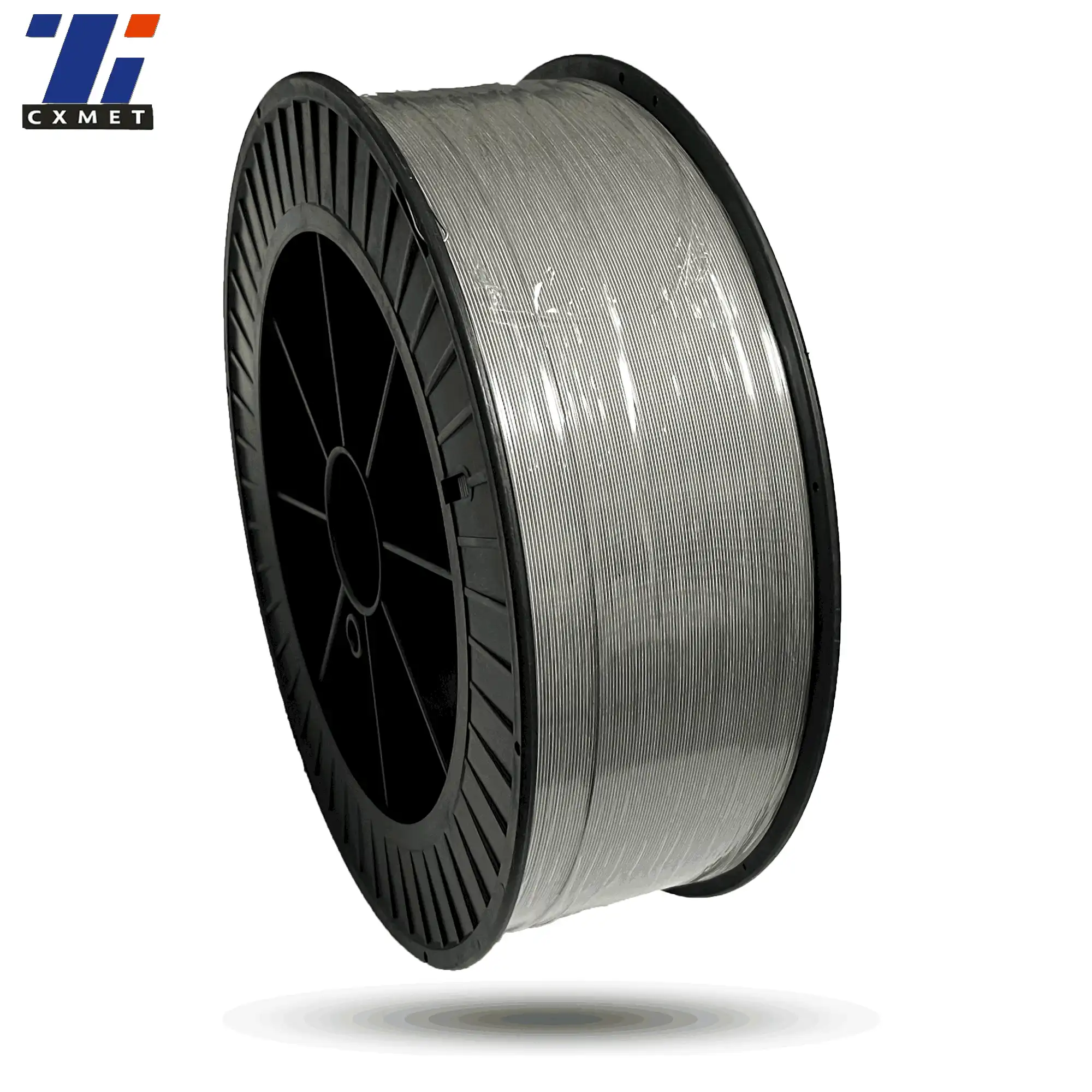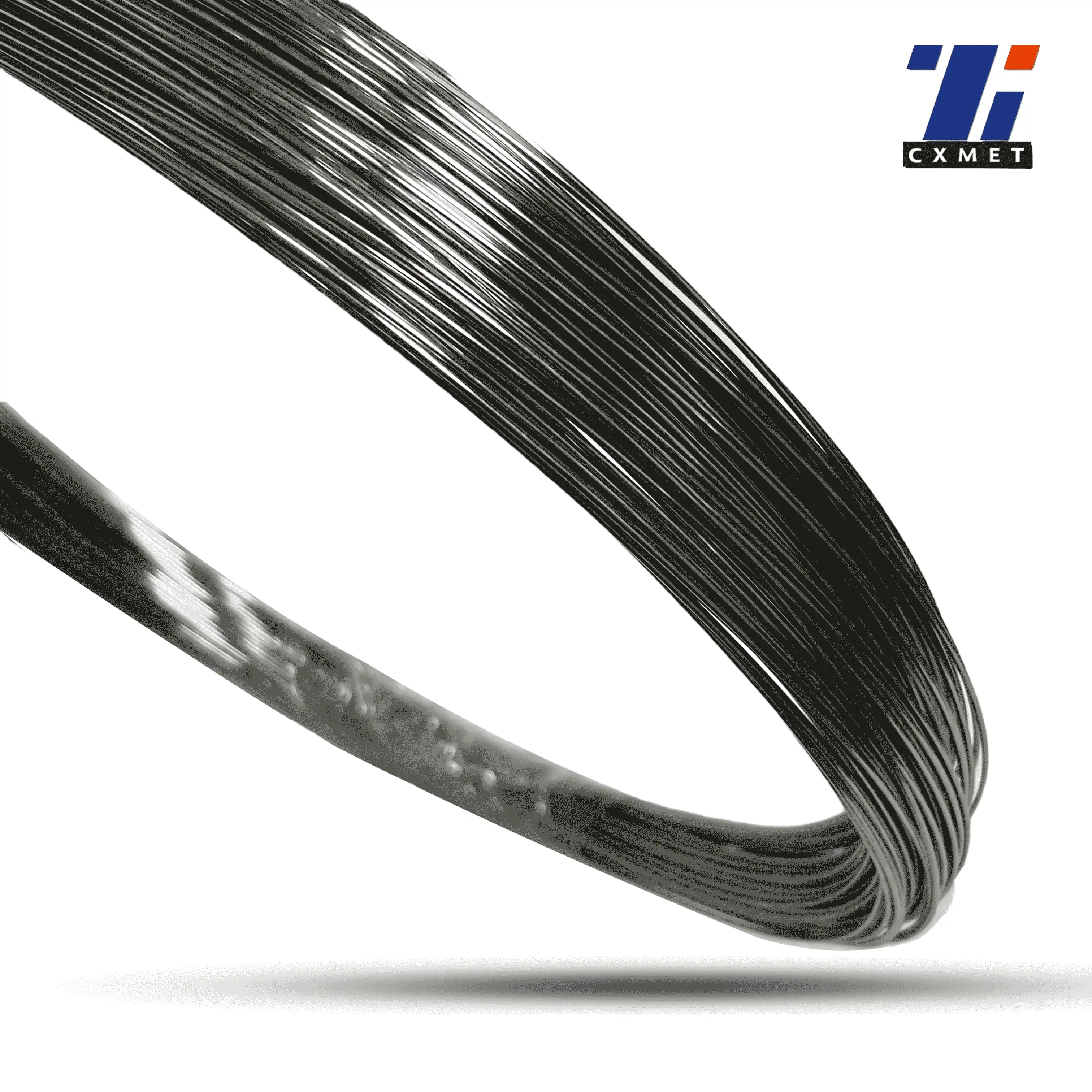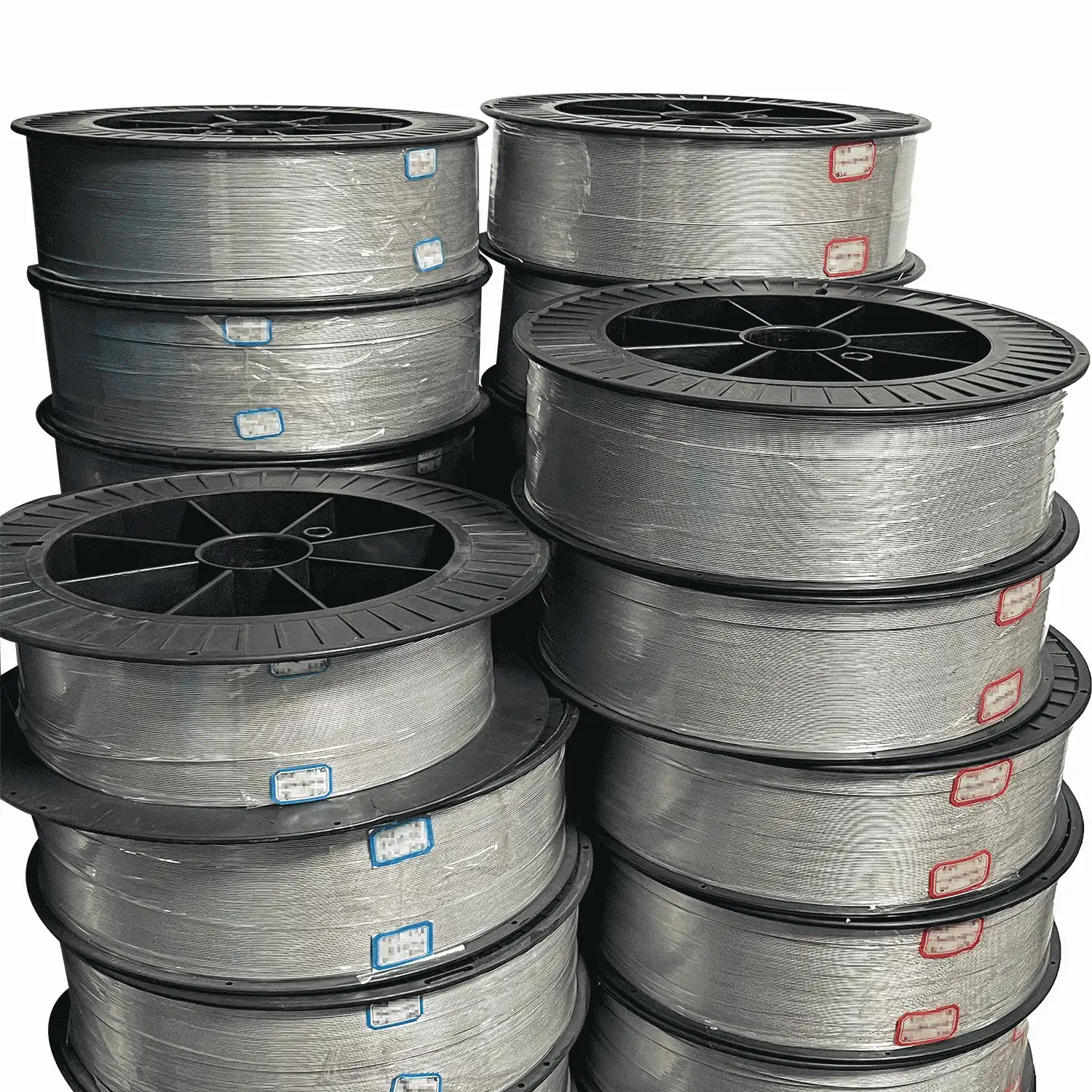- English
- French
- German
- Portuguese
- Spanish
- Russian
- Japanese
- Korean
- Arabic
- Greek
- German
- Turkish
- Italian
- Danish
- Romanian
- Indonesian
- Czech
- Afrikaans
- Swedish
- Polish
- Basque
- Catalan
- Esperanto
- Hindi
- Lao
- Albanian
- Amharic
- Armenian
- Azerbaijani
- Belarusian
- Bengali
- Bosnian
- Bulgarian
- Cebuano
- Chichewa
- Corsican
- Croatian
- Dutch
- Estonian
- Filipino
- Finnish
- Frisian
- Galician
- Georgian
- Gujarati
- Haitian
- Hausa
- Hawaiian
- Hebrew
- Hmong
- Hungarian
- Icelandic
- Igbo
- Javanese
- Kannada
- Kazakh
- Khmer
- Kurdish
- Kyrgyz
- Latin
- Latvian
- Lithuanian
- Luxembou..
- Macedonian
- Malagasy
- Malay
- Malayalam
- Maltese
- Maori
- Marathi
- Mongolian
- Burmese
- Nepali
- Norwegian
- Pashto
- Persian
- Punjabi
- Serbian
- Sesotho
- Sinhala
- Slovak
- Slovenian
- Somali
- Samoan
- Scots Gaelic
- Shona
- Sindhi
- Sundanese
- Swahili
- Tajik
- Tamil
- Telugu
- Thai
- Ukrainian
- Urdu
- Uzbek
- Vietnamese
- Welsh
- Xhosa
- Yiddish
- Yoruba
- Zulu
How Does Gr23 Titanium Wire Compare To Other Grades Of Titanium Wire?
2025-01-17 16:48:47
Gr23 titanium wire, also known as Ti-6Al-4V ELI (Extra Low Interstitial) alloy, is a high-performance titanium alloy that offers exceptional properties for various applications. When compared to other grades of titanium wire, Gr23 stands out for its unique combination of strength, corrosion resistance, and biocompatibility. This article will explore the characteristics of Gr23 titanium wire and how it compares to other titanium grades, helping you understand its advantages and potential applications.

What are the key differences between Gr23 and Gr5 titanium wire?
Gr23 and Gr5 titanium wires are both widely used in various industries, but they have some distinct differences that set them apart. To understand these differences, let's examine their composition, mechanical properties, and applications.
Composition: Gr23 (Ti-6Al-4V ELI) and Gr5 (Ti-6Al-4V) have similar chemical compositions, with both containing 6% aluminum and 4% vanadium. However, the key difference lies in the "ELI" designation of Gr23, which stands for Extra Low Interstitial. This means that Gr23 has lower levels of impurities, particularly oxygen, nitrogen, and iron, compared to Gr5.
Mechanical Properties: Due to its lower impurity content, Gr23 titanium wire exhibits slightly lower strength but improved ductility and fracture toughness compared to Gr5. This makes Gr23 more suitable for applications that require enhanced fatigue resistance and crack propagation resistance. The yield strength of Gr23 is typically around 795 MPa, while Gr5 has a yield strength of about 828 MPa.
Biocompatibility: Both Gr23 and Gr5 titanium wires are biocompatible, but Gr23's lower impurity content makes it even more suitable for medical implants and devices. The reduced oxygen content in Gr23 results in improved resistance to stress corrosion cracking, which is crucial for long-term implant performance.
Applications: Gr23 titanium wire is often preferred in aerospace, medical, and marine applications where fatigue resistance and fracture toughness are critical. It's commonly used in aircraft components, medical implants, and offshore structures. Gr5, on the other hand, is more widely used in general industrial applications, automotive parts, and sports equipment due to its higher strength and wider availability.
Cost: Gr23 titanium wire is generally more expensive than Gr5 due to its stricter composition control and lower production volumes. However, the enhanced properties of Gr23 often justify the higher cost in critical applications where performance and reliability are paramount.
How does Gr23 titanium wire perform in corrosive environments compared to other grades?
Corrosion resistance is a critical property for many applications, especially in industries such as chemical processing, marine engineering, and medical implants. Gr23 titanium wire exhibits excellent corrosion resistance, often surpassing other titanium grades in challenging environments.
Passive Oxide Layer: Like all titanium alloys, Gr23 forms a stable, adherent oxide layer on its surface when exposed to oxygen. This passive layer provides exceptional protection against corrosion in various environments. However, the lower impurity content in Gr23 contributes to an even more stable and uniform oxide layer compared to other grades.
Resistance to Chloride Environments: Gr23 titanium wire demonstrates superior resistance to chloride-induced stress corrosion cracking (SCC) compared to many other titanium grades. This makes it particularly suitable for marine applications and chloride-rich industrial environments. The improved resistance is attributed to the lower oxygen content in Gr23, which reduces the susceptibility to SCC initiation and propagation.
Performance in Acidic Environments: In acidic conditions, Gr23 titanium wire outperforms many other metallic materials, including stainless steels and other titanium grades. It shows excellent resistance to mineral acids, organic acids, and reducing acids. This property makes Gr23 an ideal choice for chemical processing equipment, heat exchangers, and piping systems in corrosive environments.
High-Temperature Corrosion Resistance: While titanium alloys are generally not recommended for use at very high temperatures, Gr23 maintains its corrosion resistance at moderately elevated temperatures better than some other titanium grades. This is particularly beneficial in applications such as chemical reactors and geothermal energy systems.
Biocompatibility and Corrosion: In the medical field, Gr23's excellent corrosion resistance contributes to its biocompatibility. The stable oxide layer prevents ion release into the body, reducing the risk of allergic reactions or implant rejection. This makes Gr23 titanium wire a preferred choice for long-term implants and medical devices.
Galvanic Corrosion Considerations: When designing systems using Gr23 titanium wire, it's important to consider galvanic corrosion when in contact with other metals. While Gr23 is highly resistant to corrosion itself, it can accelerate the corrosion of less noble metals in the galvanic series. Proper insulation and design considerations are necessary to mitigate this effect in multi-material systems.

What are the main applications of Gr23 titanium wire in the medical and aerospace industries?
Gr23 titanium wire finds extensive use in both the medical and aerospace industries due to its unique combination of properties. Let's explore the main applications in these two critical sectors:
Medical Applications:
- Orthopedic Implants: Gr23 titanium wire is widely used in the fabrication of various orthopedic implants, including hip and knee replacements, spinal fusion cages, and bone plates. Its biocompatibility, high strength-to-weight ratio, and excellent corrosion resistance make it ideal for long-term implantation in the human body.
- Dental Implants: The superior osseointegration properties of Gr23 titanium make it a preferred material for dental implants and orthodontic wires. Its ability to bond with bone tissue ensures stable and long-lasting dental restorations.
- Cardiovascular Devices: Gr23 titanium wire is used in the production of heart valve components, pacemaker leads, and stents. Its fatigue resistance and biocompatibility are crucial for these life-saving devices.
- Surgical Instruments: The high strength and corrosion resistance of Gr23 titanium wire make it suitable for manufacturing various surgical instruments, especially those used in minimally invasive procedures.
- Prosthetics: Gr23 titanium is used in the construction of prosthetic limbs and joints, providing a lightweight yet strong material for improved patient comfort and mobility.
Aerospace Applications:
- Aircraft Structural Components: Gr23 titanium wire is used in the fabrication of critical aircraft structural elements, such as landing gear components, fasteners, and hydraulic system parts. Its high strength-to-weight ratio helps reduce overall aircraft weight while maintaining structural integrity.
- Engine Components: The excellent high-temperature performance and fatigue resistance of Gr23 make it suitable for various engine components, including compressor blades, discs, and casings in jet engines.
- Spacecraft Parts: In space applications, Gr23 titanium wire is used in the construction of satellite components, spacecraft structural elements, and propulsion system parts. Its low density and high strength are particularly advantageous in reducing launch costs.
- Fasteners and Connectors: Gr23 titanium is often used for specialized aerospace fasteners and connectors, especially in areas where high strength, corrosion resistance, and light weight are critical.
- Hydraulic and Pneumatic Systems: The corrosion resistance and strength of Gr23 titanium make it suitable for components in aircraft hydraulic and pneumatic systems, ensuring reliable operation in challenging environments.
In both the medical and aerospace industries, the choice of Gr23 titanium wire over other grades is often driven by its superior fatigue resistance, improved fracture toughness, and excellent biocompatibility. These properties ensure long-term reliability and performance in critical applications where failure is not an option.
The use of Gr23 titanium wire in these industries continues to expand as manufacturers and researchers discover new applications and refine existing ones. Its unique properties make it an invaluable material in pushing the boundaries of medical technology and aerospace engineering, contributing to safer, more efficient, and more advanced solutions in both fields.
At SHAANXI CXMET TECHNOLOGY CO., LTD, we take pride in our extensive product range, which caters to diverse customer needs. Our company is equipped with outstanding production and processing capabilities, ensuring the high quality and precision of our products. We are committed to innovation and continuously strive to develop new products, keeping us at the forefront of our industry. With leading technological development capabilities, we are able to adapt and evolve in a rapidly changing market. Furthermore, we offer customized solutions to meet the specific requirements of our clients. If you are interested in our products or wish to learn more about the intricate details of our offerings, please do not hesitate to contact us at sales@cxmet.com. Our team is always ready to assist you.

References:
- ASTM International. (2021). ASTM F136-13 Standard Specification for Wrought Titanium-6Aluminum-4Vanadium ELI (Extra Low Interstitial) Alloy for Surgical Implant Applications (UNS R56401).
- Lutjering, G., & Williams, J. C. (2007). Titanium (2nd ed.). Springer-Verlag Berlin Heidelberg.
- Peters, M., Kumpfert, J., Ward, C. H., & Leyens, C. (2003). Titanium alloys for aerospace applications. Advanced Engineering Materials, 5(6), 419-427.
- Rack, H. J., & Qazi, J. I. (2006). Titanium alloys for biomedical applications. Materials Science and Engineering: C, 26(8), 1269-1277.
- Boyer, R. R. (1996). An overview on the use of titanium in the aerospace industry. Materials Science and Engineering: A, 213(1-2), 103-114.
- Niinomi, M. (2008). Mechanical biocompatibilities of titanium alloys for biomedical applications. Journal of the Mechanical Behavior of Biomedical Materials, 1(1), 30-42.
- Schutz, R. W., & Thomas, D. E. (1987). Corrosion of titanium and titanium alloys. ASM Handbook, 13, 669-706.
- Elias, C. N., Lima, J. H. C., Valiev, R., & Meyers, M. A. (2008). Biomedical applications of titanium and its alloys. JOM, 60(3), 46-49.
- Peters, M., & Leyens, C. (Eds.). (2003). Titanium and titanium alloys: fundamentals and applications. John Wiley & Sons.
- Donachie, M. J. (2000). Titanium: a technical guide. ASM international.
YOU MAY LIKE